The triangulation points that mapped Britain
- Published
In 1936, the Ordnance Survey began to construct concrete triangulation pillars, or trig points, to aid accurate measurement and map-making using the principles of trigonometry. By 1962, more than 6,000 had been built. And Stephen McCoy and Stephanie Wynne are trying to photograph the 310 primary pillars still standing.
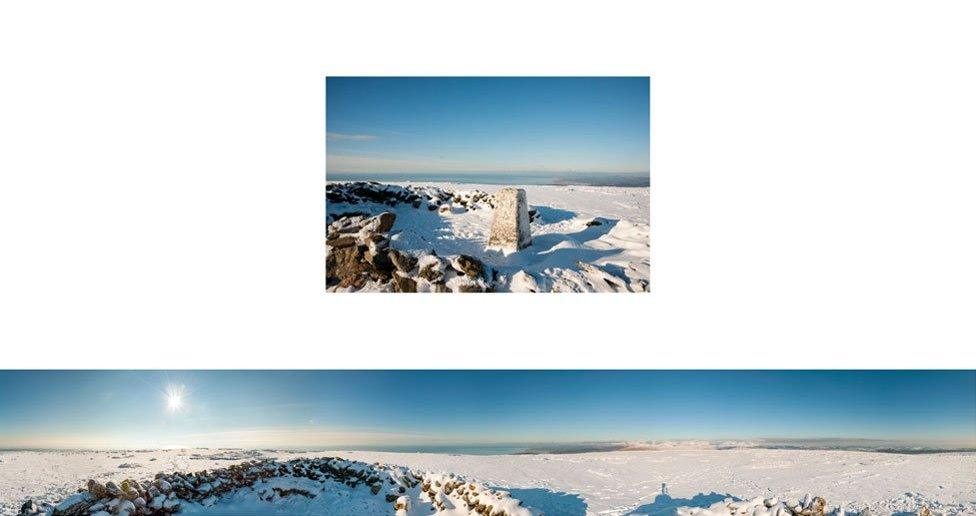
Black Combe, Cumbria, 600m (2,000ft)

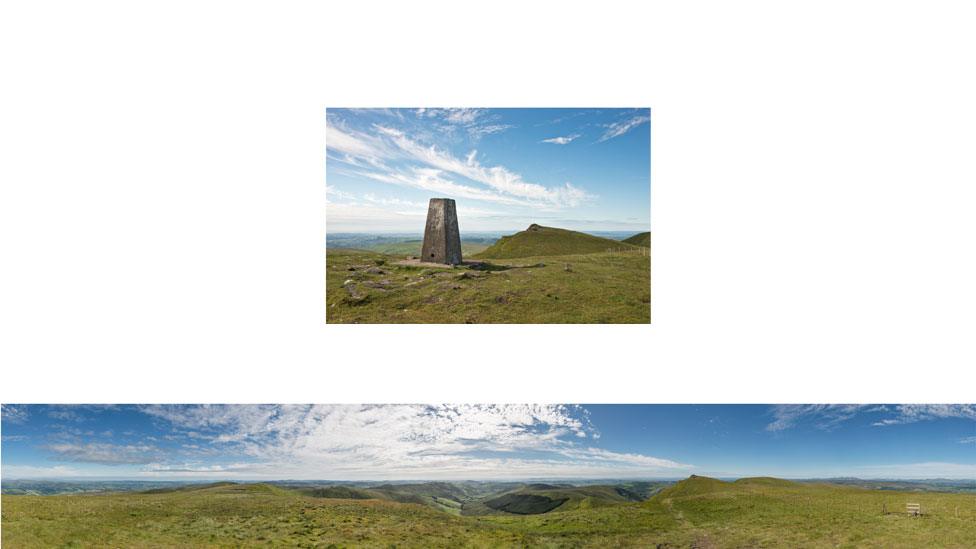
Cadair Berwyn, Powys, 827m

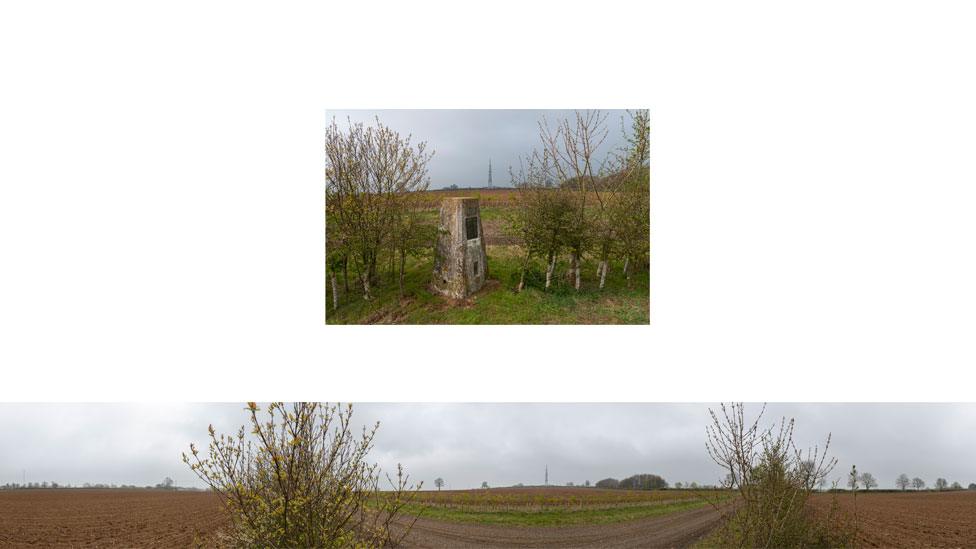
Cold Ashby, Northamptonshire, 210m
The pillars were built in positions where at least two other points could be seen in order to form triangles for accurate measurement.
McCoy and Wynne's work comprises large 360-degree panoramic photographs produced by placing the camera on top of the triangulation pillar, alongside a picture of the pillar itself.
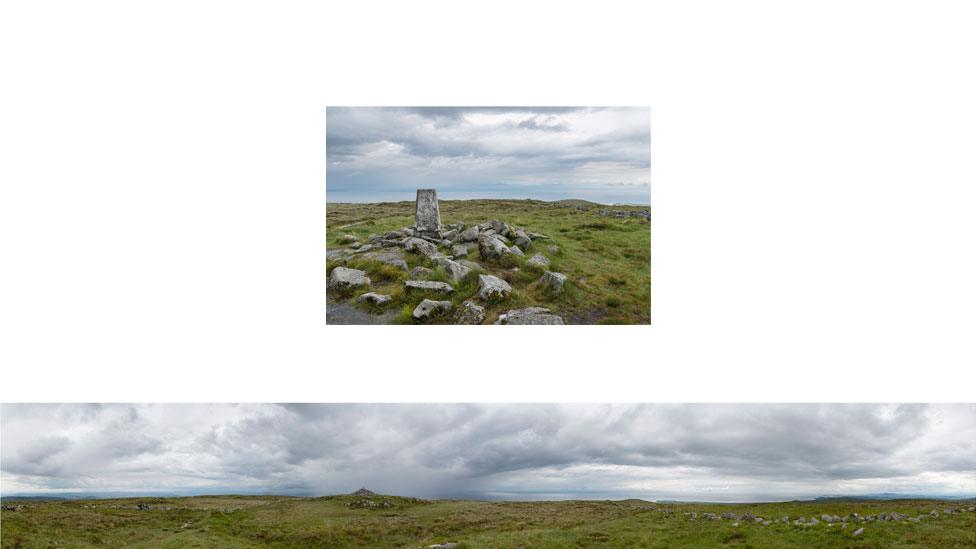
Criffel, Dumfries and Galloway, 569m

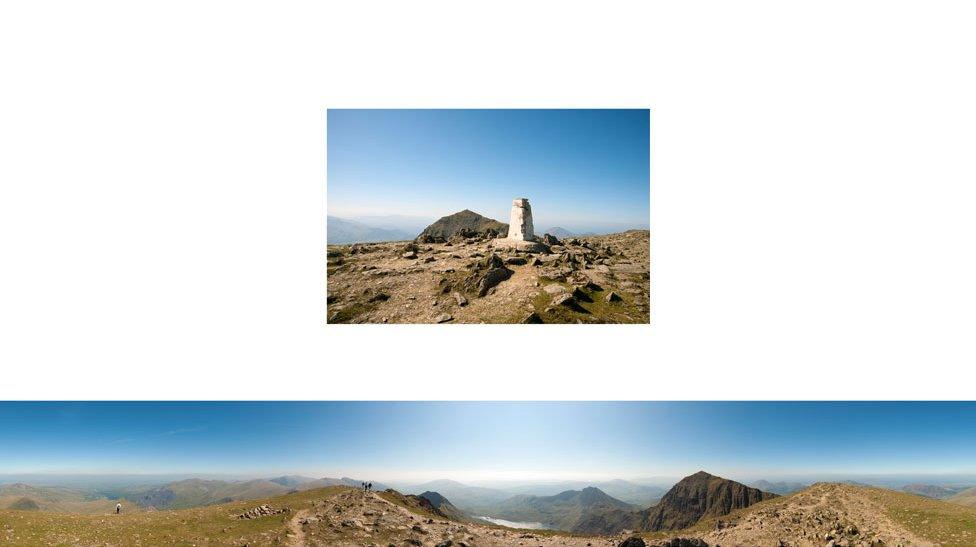
Garnedd Ugain, Gwynedd, 1065m

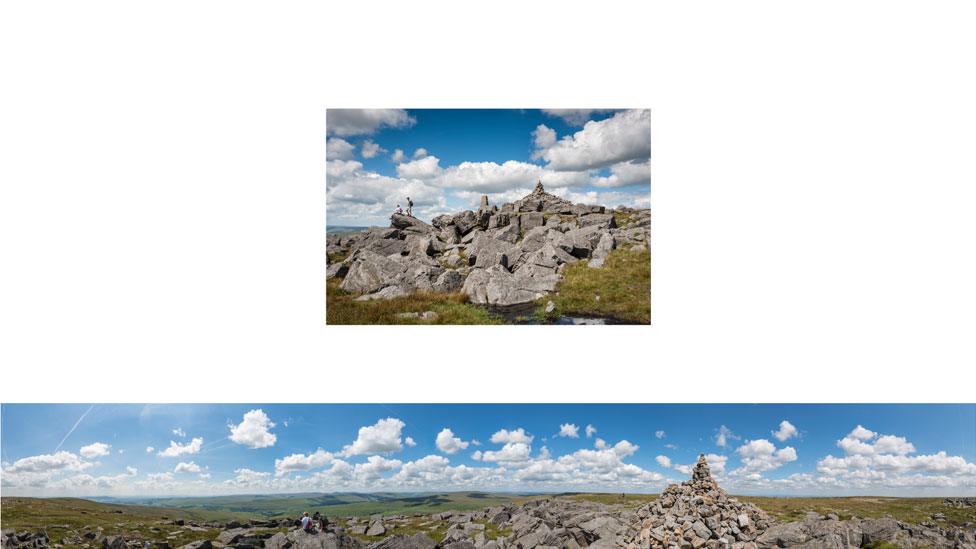
Great Whernside, North Yorkshire, 704m

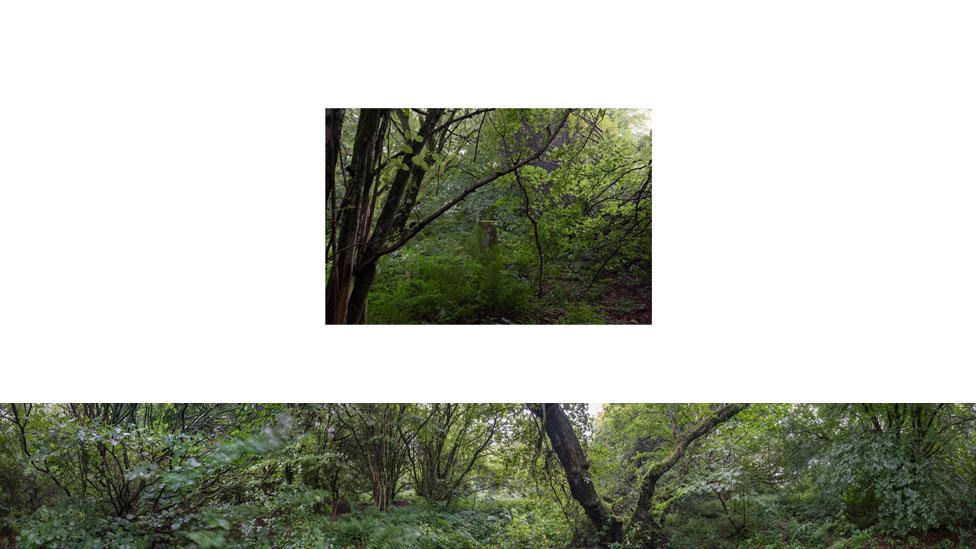
Martinsell Hill, Wiltshire, 289m

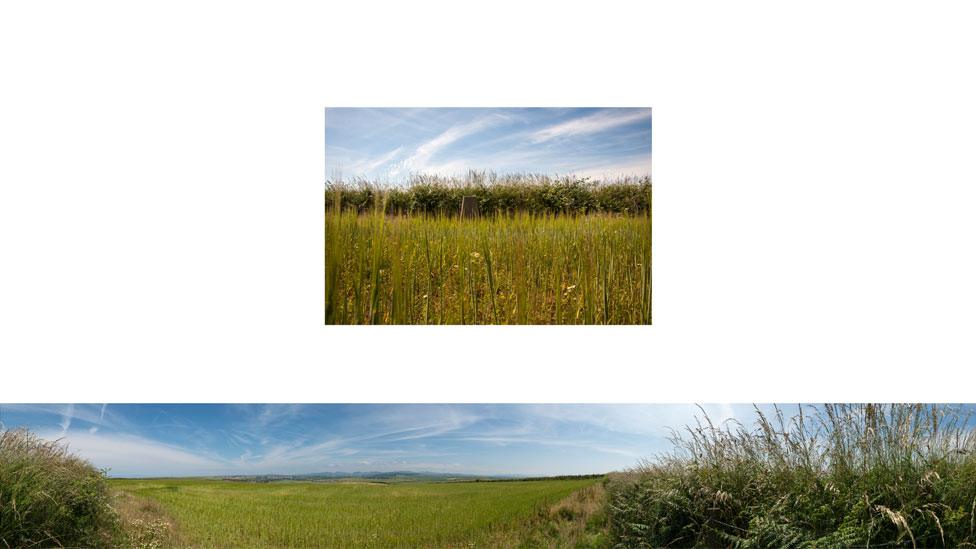
Rottington, Cumbria, 141m

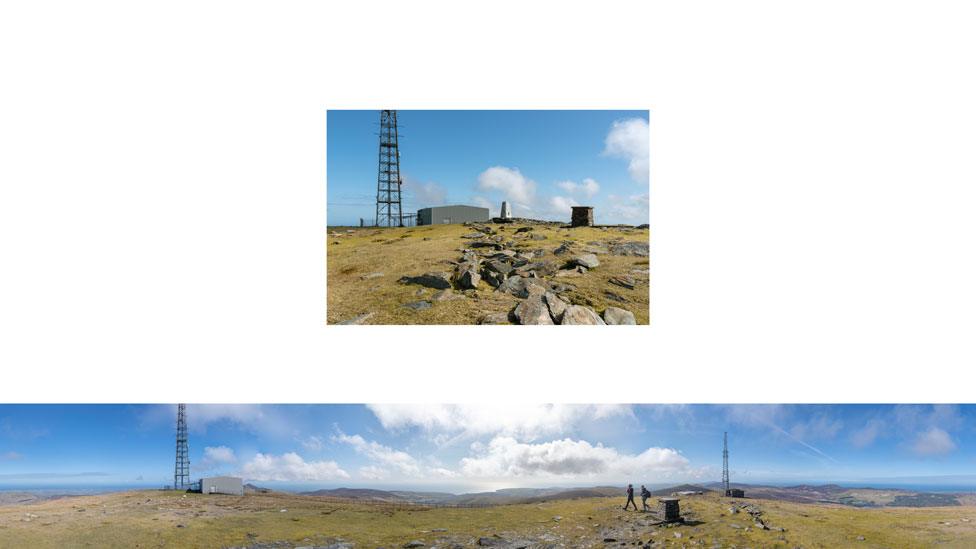
Snaefell, Isle of Man, 621m

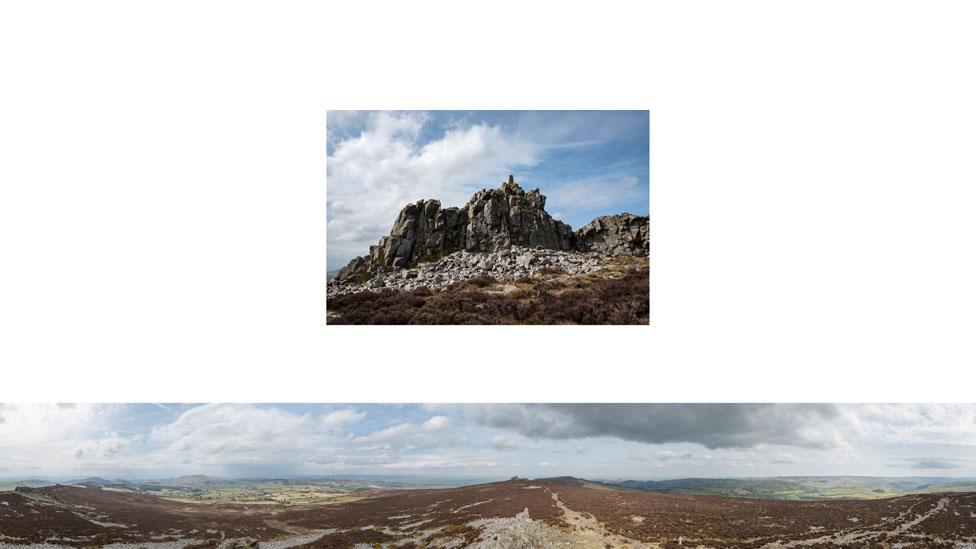
The Stiperstones, Shropshire, 536m

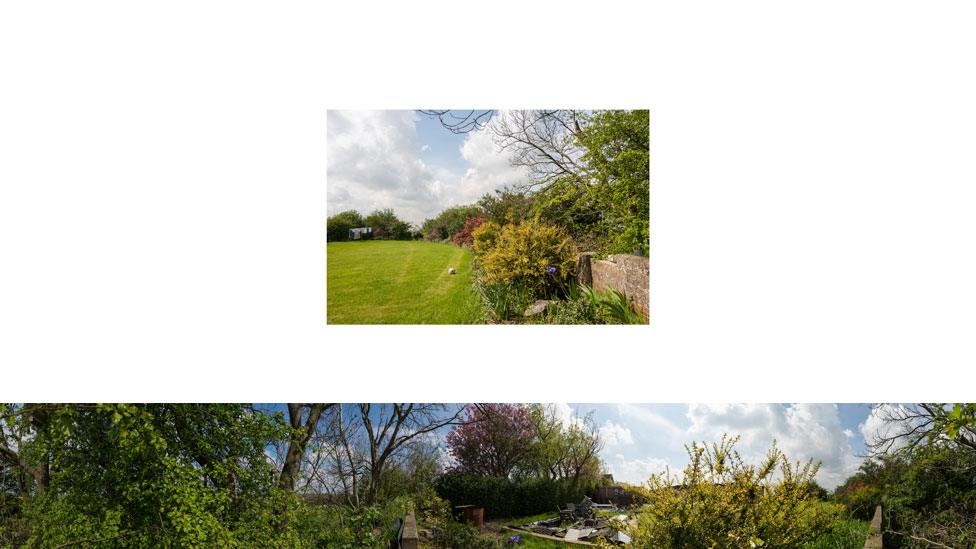
Upton Beacon, Derbyshire, 538m

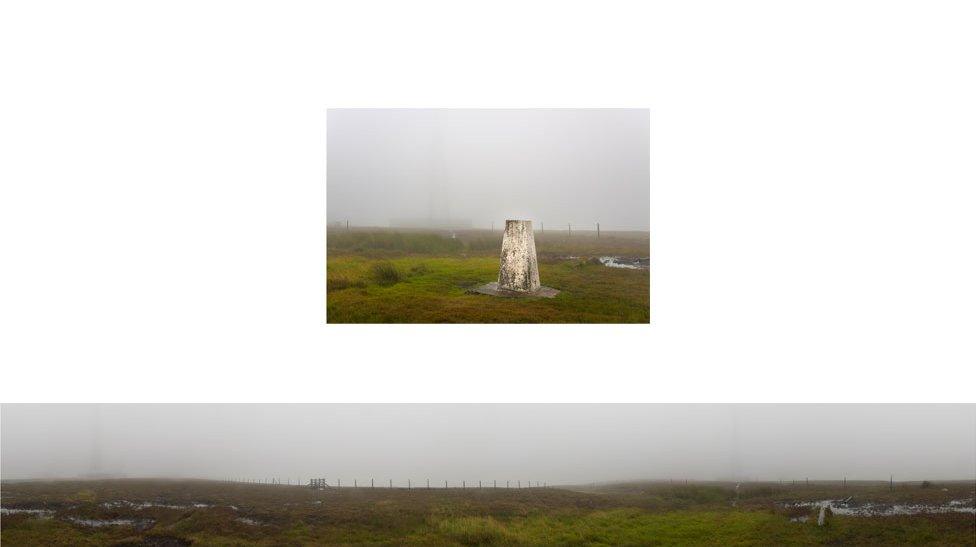
Winter Hill, Lancashire, 456m

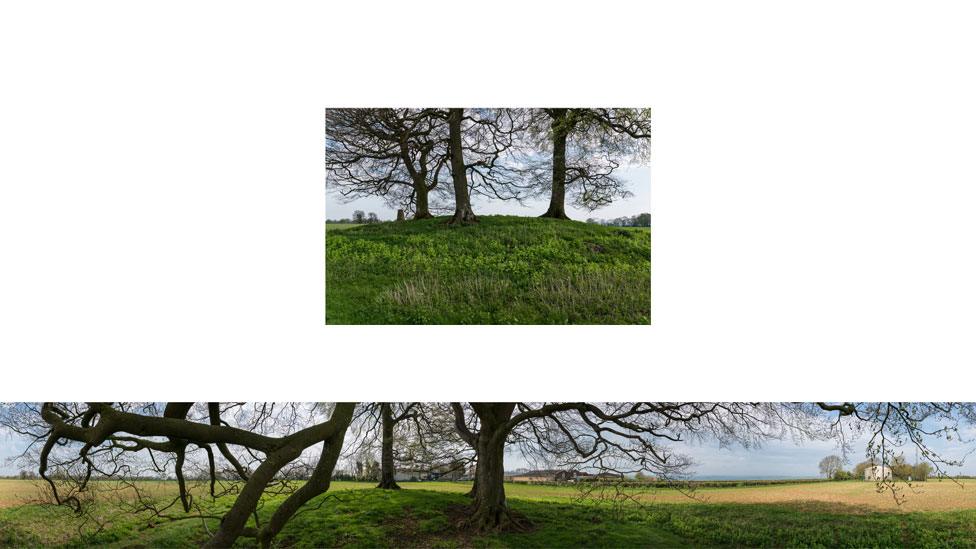
Wyck Beacon, Gloucestershire, 250m

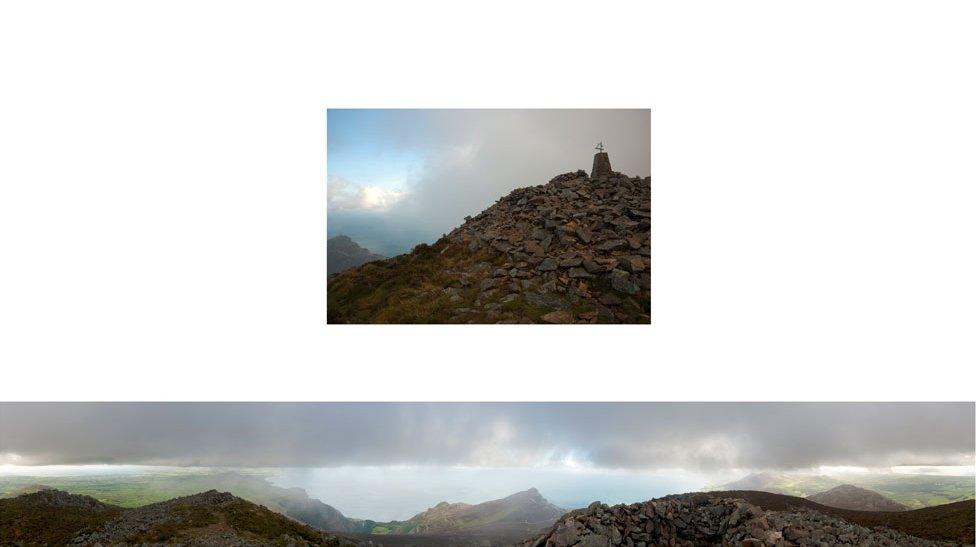
Yr Eifl, Gwynedd, 564m

All photographs copyright Stephen McCoy and Stephanie Wynne.